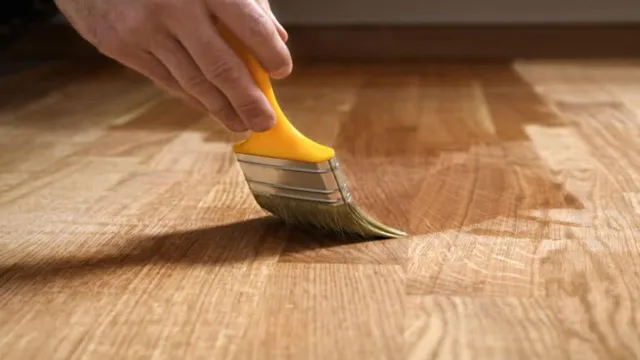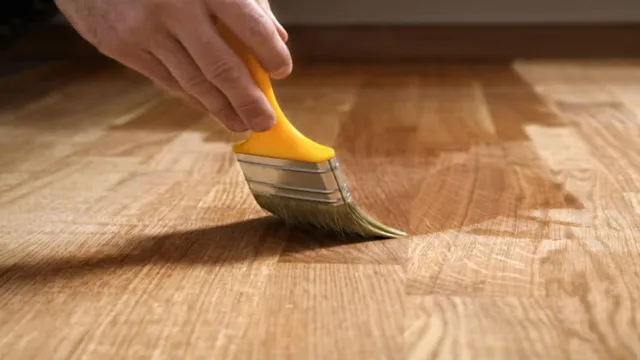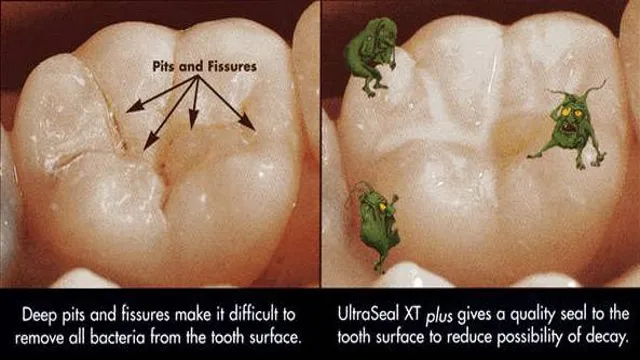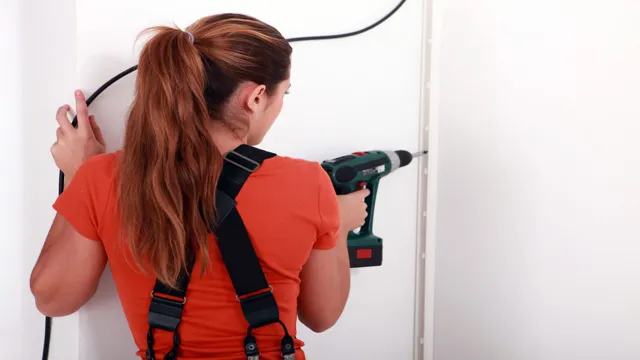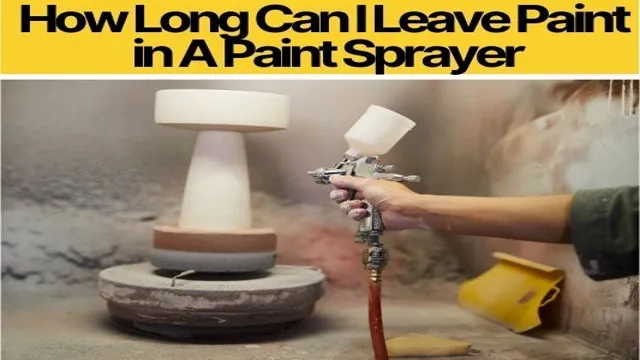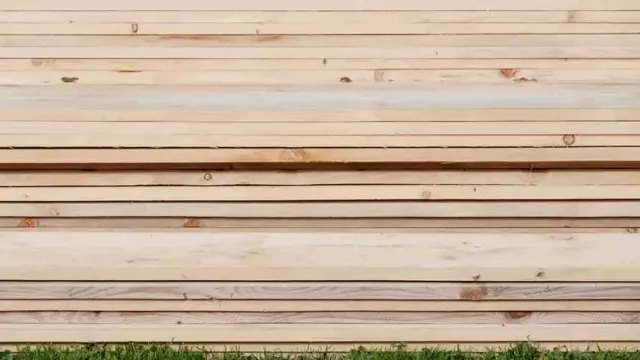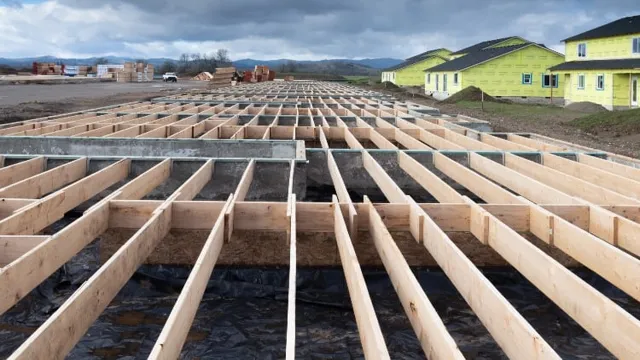How to Paint Birch Plywood: Tips and Techniques for a Flawless Finish

Birch plywood is a popular choice for furniture, cabinetry, and decorative projects. Its light color and smooth surface make it easy to work with, but painting it can be a little challenging if you’re not familiar with the process. Whether you’re a DIY enthusiast or a professional painter, knowing how to paint birch plywood properly will help you achieve that perfect finish you’re looking for.
In this blog, we’ll discuss the step-by-step process of painting birch plywood, from preparation to finishing touches, and provide tips to make your project a success. So, let’s get started!
Materials Needed
When it comes to painting birch plywood, there are a few key materials that you’ll need. First and foremost, you’ll need sandpaper to properly prepare the surface for painting. Depending on the condition of your plywood, you might want to start with a rougher grit sandpaper (around 80-100 grit) and then work your way up to a finer grit (around 220-300 grit).
You’ll also need a good quality primer to ensure that your paint adheres properly to the plywood. A high-quality paintbrush or roller, as well as your chosen paint color, will be necessary as well. Don’t forget to also gather some clean-up materials, like a bucket of warm water and soap, or paint thinner.
By gathering all of these materials before you start your painting project, you’ll be setting yourself up for success and ensuring that your birch plywood looks great once you’re finished!
Birch Plywood
When it comes to working with birch plywood, there are a few materials you’ll need to ensure your project turns out just right. One essential item is a high-quality saw, as birch plywood can be dense and tough to cut through without a sharp blade. You’ll also want to have sandpaper on hand to smooth down any rough edges and create a clean finish.
If you’re planning on staining or painting your finished piece, wood conditioner is a must-have to ensure even absorption and a flawless end result. Additionally, clamps or a workbench can be beneficial for holding your plywood steady while you work. By having all the necessary materials on hand, you can easily tackle any project involving birch plywood and create a beautiful final product.
So, grab your saw and get to work!
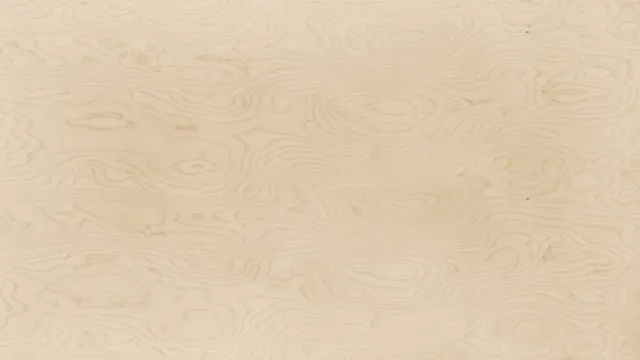
Primer
When starting a DIY project like painting or coating, having the right materials can make a huge difference in the final outcome. For using primer, you’ll need to gather a few key materials before starting. First, you’ll need the primer itself.
Make sure to choose a primer that is appropriate for the surface you’ll be applying it to, whether that’s wood, metal, or something else. You’ll also need a paintbrush or roller to apply the primer, along with a paint tray or bucket to hold the primer as you work. To protect yourself and your surroundings, wear a pair of gloves and be sure to work in a well-ventilated area.
With these materials in hand, you’ll be well on your way to a successful primer application and a beautifully finished project.
Paint
When it comes to painting, having the right materials can make all the difference in the quality of your finished work. First and foremost, you will need paint in the colors of your choice. Consider whether you want acrylic or oil-based paints, as well as the brand and quality level you prefer.
Along with the paint, you’ll need brushes of various sizes, as each brush will give you a different effect on your canvas. Canvas or paper to paint on is also essential, as well as a palette for mixing your colors and a solvent to clean your brushes. Other materials that may be useful include an easel to hold your canvas or paper and masking tape to create clean edges.
By having all of these materials ready and organized before starting your painting, you can ensure a smooth and enjoyable experience while creating your masterpiece.
Paintbrushes
When it comes to painting, choosing the right kind of paintbrushes is crucial for the outcome of your art. To start with, consider the kind of paint you’ll be using and the surface you’ll be painting on. Synthetic brushes are perfect for acrylic paint, while natural hair brushes are suitable for oil paint.
Different types of brushes are better suited for specific techniques such as flat brushes for washes and rounds for finer details. Also, consider the size of the brush. Smaller brushes are suitable for details, while larger brushes make it easy to cover more extensive areas.
It’s always good to have a variety of brush sizes at hand. Don’t forget to keep your brushes clean, as this will extend their life and quality. Proper maintenance of your paintbrushes will save you time, money, and keep your painting skills at a professional level.
So go ahead and experiment with different brushes to find the ones that work best for you!
Preparing the Wood
When preparing birch plywood for painting, it is important to start with a clean and smooth surface. Begin by sanding the surface with a fine-grit sandpaper to remove any bumps or rough areas. Then, clean the surface with a damp cloth to remove any sawdust or dirt.
It is also recommended to apply a wood conditioner to the surface, which will help the paint adhere evenly and prevent any discoloration or blotchiness. Apply the conditioner with a brush, working in the direction of the grain, and allow it to dry for at least an hour before applying the paint. Once the conditioner is dry, lightly sand the surface again with a fine-grit sandpaper to smooth out any raised grain or rough spots.
Now you’re ready to start painting your birch plywood with confidence!
Clean the Surface
Before starting any woodworking project, it’s essential to prepare the wood surface by cleaning it thoroughly. This step ensures that your end product looks clean and polished. To clean the surface, begin by removing any dirt, debris, and sanding dust, which may impact the final finish.
You can do this by wiping the wood with a damp cloth or using a vacuum cleaner with a soft brush attachment. It’s imperative to get rid of any stains or marks on the wood as they can make it challenging to achieve a smooth finish. You can use sandpaper to smooth out any rough spots or blemishes on the wood.
Sandpaper should have a fine grit, as using rough paper can cause damage to the wood surface. By cleaning the surface before working on it, you will ensure that the surface is free from all impurities and ready for your woodworking project.
Sand the Wood
Before starting any woodworking project, it’s important to properly prepare the wood. One crucial step in this process is sanding. Sanding involves smoothing out the surface of the wood by removing any rough spots or imperfections.
This not only creates a more professional-looking final product, but also helps the wood accept stain or paint more evenly. To begin sanding, you’ll want to start with a coarse grit sandpaper and work your way up to a finer grit. It’s important to sand in the direction of the grain to prevent any damage to the wood fibers.
Additionally, make sure to wear protective goggles and a dust mask to avoid any potential health hazards from the dust created during sanding. By taking the time to properly sand your wood, you’ll be setting yourself up for success in your woodworking project.
Apply Primer
When it comes to preparing wood for a fresh coat of paint, applying primer is a crucial step. Primer acts as a base layer that helps the paint adhere to the wood surface more easily. Before applying primer, it’s important to ensure that the wood is clean and dry.
Use a damp cloth to wipe away any dust, dirt, or debris that may have accumulated on the surface. Then, sand the surface lightly if necessary to even out any rough spots or imperfections. Once the wood is clean and smooth, it’s time to apply the primer.
When choosing a primer, opt for one that is designed specifically for the type of wood you’re painting. Apply the primer evenly with a brush or roller, making sure to cover the entire surface. Let the primer dry completely before moving on to the next step.
With a properly primed surface, your paint will look better and last longer.
Painting Techniques
If you’re wondering how to paint birch plywood, there are a few important steps to follow. First, make sure the surface is clean and free of any dust or debris. Sand it lightly to create a smooth surface, and then apply a primer to help the paint adhere properly.
Once the primer has dried, you can begin painting the plywood with your chosen color. Use a high-quality paintbrush or roller to apply the paint evenly, and be sure to cover the edges and corners thoroughly. If you want a more opaque finish, you may need to apply a second coat of paint.
Finally, let the paint dry completely before using or installing the plywood. With these steps, you’ll be able to achieve a beautiful and long-lasting finish on your birch plywood project.
Start with a Base Coat
When it comes to painting, starting with a base coat is an important step to ensure a smooth and even finish. Essentially, a base coat is a layer of paint that acts as a primer for the subsequent layers of paint. It provides a consistent surface for the paint to adhere to, while also helping to hide any imperfections in the surface you are painting.
Without a base coat, your final paint job may look uneven and patchy. To get started with your base coat, choose a high-quality paint that matches the color you want to use for your final coat. Apply a thin layer of the paint with a paintbrush or roller, being careful to cover the entire surface without leaving any brush strokes or roller marks.
Allow the base coat to dry completely before beginning your final coat of paint. Remember, taking the time to properly prepare your surface with a base coat will make a big difference in the final results of your painting project.
Use a Paintbrush or Roller
When it comes to painting, one of the most important techniques to master is using a paintbrush or roller. These tools form the backbone of any painting project, whether you’re painting a room in your home or working on a larger project. The key to using a paintbrush or roller effectively is to choose the right size and type for the job at hand.
For instance, a small, angled brush is perfect for trim work and detail work, while a larger brush or roller is ideal for larger surfaces, such as walls or ceilings. Another important consideration is the type of paint you’re using, as this will determine the best tool for the job. For example, thick, textured paints require a roller with a thicker nap, while thinner, more delicate paints work better with a fine-bristled brush.
By mastering the use of a paintbrush or roller, you can achieve professional-quality results that will transform any space. So, the next time you’re working on a painting project, don’t overlook the importance of these essential tools!
Avoid Paint Drips and Overlap
When it comes to painting, avoiding drips and overlap is crucial for achieving a professional finish. One key technique to prevent drips is to not overload your brush or roller with too much paint. Instead, use a moderate amount and apply in smooth, even strokes.
Another helpful tip is to start from the top and work downwards, so any drips can be easily corrected as you go. Overlap can also be avoided by using the proper technique of “cutting in” – essentially, using a smaller brush to paint the edges and corners before filling in the larger areas with a roller. Taking the time to master these basic techniques can make a big difference in the final result of your painting project, leaving you with a picture-perfect finish.
Let Paint Dry
Painting Techniques If you are looking to improve your painting skills, it is important to learn different painting techniques. When you paint, it is important to let the paint dry before adding another layer. This will prevent the colors from blending together and creating an unwanted effect on your painting.
In addition, it is also important to know how to blend colors and create different textures. One way to do this is by using a dry brush technique, where you take a dry brush and lightly stroke it across the surface of the paint. This creates a streaky effect that can be used to create a range of textures, from fur to woodgrain.
Another technique is the wet-on-wet technique, which involves applying wet paint to a wet surface. This creates a soft, blended effect that is ideal for creating skies, sunsets, and other natural backgrounds. By learning different painting techniques, you can take your art to the next level and create stunning pieces that showcase your unique style.
Finishing Touches
Once you’ve painted your birch plywood, you may feel like you’re done. But there are a few finishing touches that can really make your project pop. First, consider adding a layer of varnish or polyurethane to protect the paint and add a glossy finish.
Be sure to choose a product that’s compatible with your paint and follow the instructions carefully. If you’re using your plywood for furniture or other functional purposes, you may want to add some hardware, such as drawer pulls or hinges. This can give your piece a more polished, professional look.
Finally, don’t forget to clean up any drips or smudges that may have occurred during the painting process. A clean, smooth surface is essential for getting the most out of your painted birch plywood. By following these simple tips, you can take your project from good to great!
Apply a Second Coat
One of the essential factors in achieving a smooth and flawless finish on any surface is by applying a second coat. Once the first coat has dried completely, grab a clean brush or roller and apply another layer of paint or stain. This step helps in hiding any imperfections and provides a more uniform finish.
Be sure to follow the same technique used during the first coat to maintain consistency. Also, keep in mind that the drying time for the second coat might differ from the first one, so read the manufacturer’s instructions carefully. Applying a second coat is particularly crucial when using light-colored paints or stains, as they tend to reveal more blemishes.
So, don’t rush the process and invest some time and effort into finishing touches for a professional-looking outcome.
Add a Protective Topcoat
Adding a protective topcoat is a crucial finishing touch to ensure your DIY project stays pristine for years to come. A topcoat will shield your painted surface from scratches, stains, and fading due to UV rays. It also adds an extra layer of durability so your furniture or decor can withstand everyday wear and tear.
Choosing the right topcoat depends on the material you’re working with, but polyurethane and lacquer are popular options. Polyurethane is easy to apply and dries clear, whereas lacquer creates a glossy finish but requires more skill to apply. Before adding a topcoat, make sure your painted surface is completely dry and clean.
Sand any rough patches and dust off all debris to ensure a smooth and even finish. Applying multiple thin coats is better than one thick coat to avoid streaking and bubbling. With this extra step, your DIY project will look like it was professionally done.
Allow Wood to Dry Completely
When it comes to finishing woodwork, it’s crucial to allow the wood to dry completely before applying any finishes. There are a few reasons why this step is so important. First of all, finishing wet or damp wood can lead to uneven, blotchy results.
Plus, moisture trapped inside the wood can cause the finish to peel or crack over time. To make sure your wood is fully dry, leave it in a warm, well-ventilated space for several days. You can also use a moisture meter to check the wood’s moisture content and ensure it’s ready to be finished.
Overall, taking the extra time to let your wood dry properly will ensure that your finishes look great and last for a long time.
Conclusion
In conclusion, painting birch plywood is a task that requires patience, precision and a willingness to embrace the natural beauty of the material. With the proper preparation and techniques, you can create a stunning finish that brings out the distinctive patterns and textures of the wood. So, grab your paintbrushes and let your creativity take flight as you transform your birch plywood into a work of art.
Remember, as the great artist Bob Ross once said, “we don’t make mistakes, just happy little accidents.” Embrace the imperfections and enjoy the process of painting your birch plywood masterpiece. Happy painting!”
FAQs
What type of primer should I use before painting birch plywood?
It is recommended to use a high-quality wood primer that is compatible with birch plywood.
Can I paint birch plywood without sanding it first?
It is recommended to lightly sand the surface before painting to ensure the best adhesion and finish.
What type of paint should I use for birch plywood?
You can use either oil-based or acrylic-based paint for birch plywood, depending on your preference.
How many coats of paint should I apply to birch plywood?
You should apply at least two coats of paint to ensure even coverage and durability.
Should I use a topcoat after painting birch plywood?
Using a clear topcoat can help protect the paint and add extra durability to the surface.
Can I use a paint sprayer to paint birch plywood?
Yes, a paint sprayer can be used to paint birch plywood, but make sure to follow the manufacturer’s instructions and practice on a small area first.
How long should I wait between coats of paint on birch plywood?
It is recommended to wait at least 24 hours between coats of paint to ensure proper drying and adhesion.

